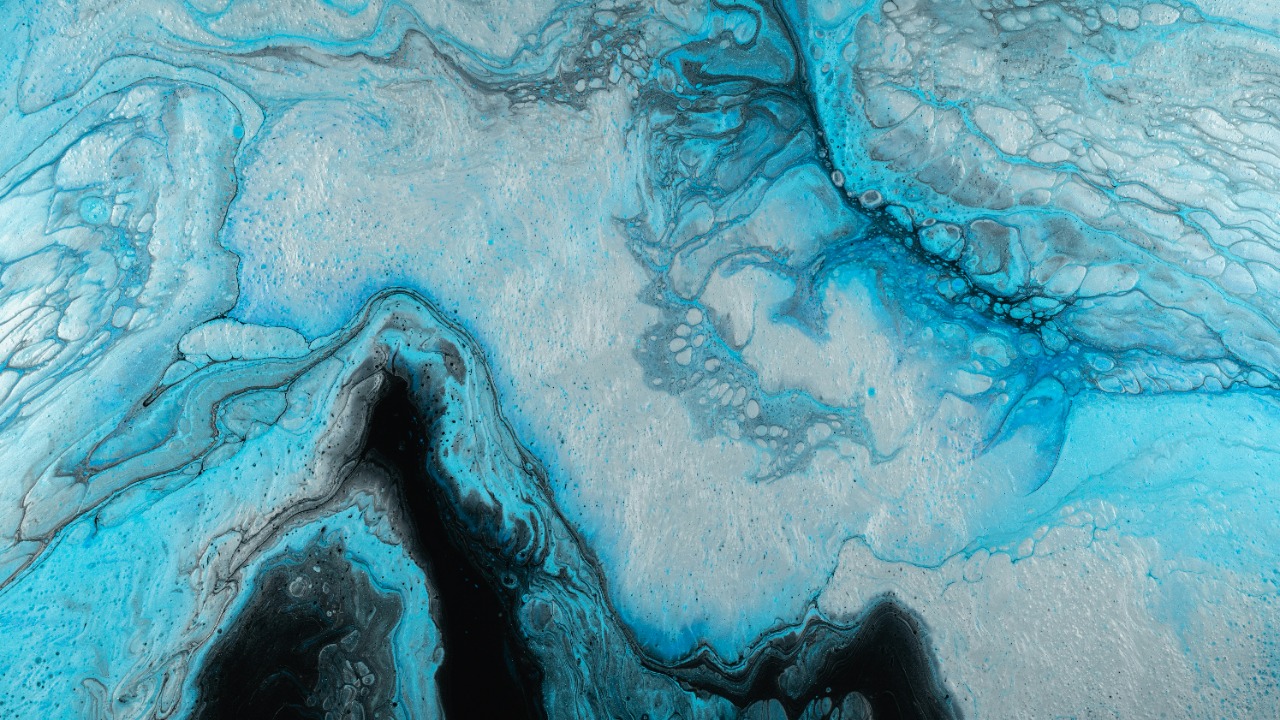
Researchers have discovered that traces of space dust found in sediment cores from the ocean floor can shed light on the extent of Arctic sea ice during the Last Glacial Maximum, approximately 30,000 years ago. This cosmic dust, preserved in seafloor deposits, provides insights into how ice cover influenced dust deposition patterns in the Arctic region, thereby offering a new perspective on ancient climate dynamics.
The Role of Space Dust in Paleoclimate Research
Space dust, also known as cosmic dust, has been accumulating on the ocean floor for millennia, serving as a record of atmospheric conditions over time. The chemical composition of this dust is distinct from terrestrial particles, a fact that has been confirmed through ocean floor space dust analysis. This distinction allows researchers to differentiate between dust that originated from space and that which was carried by terrestrial winds.
Extracting and dating these dust particles from sediment cores is a meticulous process. The cores are carefully drilled from the ocean floor, and the layers of sediment are analyzed to identify periods of increased cosmic dust deposition. These periods can then be correlated with known climatic events and conditions, providing a unique perspective on Earth’s climatic history.
Unraveling the Arctic Ice Puzzle
The extent of Arctic sea ice during the Last Glacial Maximum has been a topic of historical uncertainty. However, the presence of cosmic dust on the ocean floor provides clues to this puzzle. Reduced ice cover would have allowed more space dust to reach and settle on the ocean floor, suggesting periods of less extensive ice cover.
By examining the layers of cosmic dust in sediment cores, researchers can correlate dust deposition patterns with fluctuations in ice dynamics. This approach has yielded significant insights into the behavior of Arctic sea ice during this period of global glaciation.
Sediment Cores as Time Capsules
Sediment cores act as time capsules, preserving layers of space dust that can be analyzed to understand past climatic conditions. These cores are collected from the ocean floor in regions adjacent to the Arctic, where the deposition of space dust would have been influenced by the extent of sea ice cover.
However, interpreting the dust flux rates preserved in the sediments can be challenging. Factors such as ocean currents, wind patterns, and ice movement can influence the deposition of cosmic dust, making it difficult to draw definitive conclusions from the data. Despite these challenges, the analysis of sediment cores remains a valuable tool in paleoclimate research.
Implications for Ancient Climate Reconstruction
The evidence from space dust analysis has the potential to refine models of Arctic ice behavior during the Last Glacial Maximum. Dust accumulation patterns can be linked to broader climate shifts, including changes in temperature and wind patterns that influence the transport of cosmic particles.
By integrating this data with other proxies such as pollen or isotopes, researchers can construct a more comprehensive picture of ancient climate dynamics. This multi-proxy approach enhances the reliability of climate reconstructions and provides a more nuanced understanding of the factors that influenced past climate change.
Modern Relevance to Arctic Changes
The study of ancient dust records has modern relevance, particularly in the context of current Arctic sea ice decline. Understanding the behavior of sea ice and dust deposition patterns 30,000 years ago can inform predictions for future cosmic dust deposition amid global warming.
These insights have potential applications in climate modeling, as they provide a long-term perspective on the interactions between cosmic dust and Arctic sea ice. This knowledge can be used to refine models of future climate change and inform strategies for mitigating its impacts.
Future Directions in Dust-Based Research
Looking forward, there are plans for more expeditions to collect ocean floor samples for space dust analysis. Technological advances in detecting extraterrestrial particles in sediments will likely enhance the accuracy and efficiency of these analyses.
While the current focus is on understanding the climate dynamics of the Last Glacial Maximum, these findings could potentially be extended to other glacial periods. This would provide a broader perspective on the role of cosmic dust in Earth’s climatic history, opening new avenues for research in paleoclimatology.
More from MorningOverview